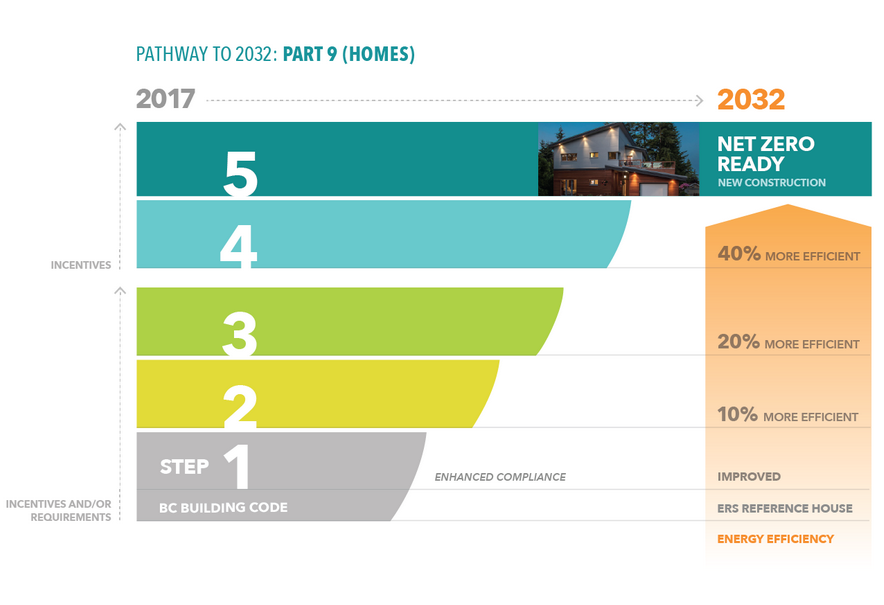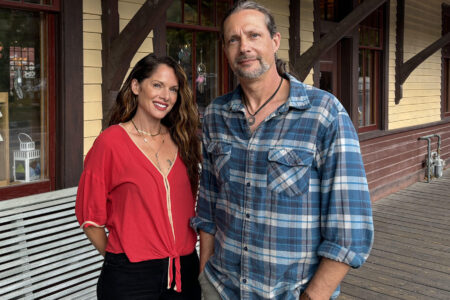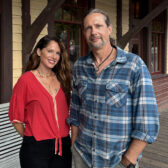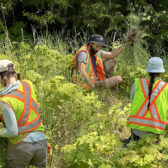Next steps: code requirements increased for new construction in Nelson
How a new home gets built in Nelson is about to change.
New municipal legislation has been passed to require designers, general contractors and homeowner builders to work with an energy advisor early in the design stages of a project to ensure the building design meets up to a provincial Step Code four of energy efficiency requirements — completed using software modelling.
“A building permit will not be issued until a compliance report is submitted from an energy advisor confirming that the building’s design meets the required efficiency level,” noted a report from the City director of Development Services and Climate Leadership, Sebastien Arcand.
“Upon completion of a build, a blower door test will confirm performance compliance.”
As of May 1, Part 9 residential homes must hit either Step Code 4 of the B.C. Energy Step Code or hit Step 3 if they also achieve the EL-3 (strong) level of the Zero Carbon Step Code.
To meet the requirement of any step of the B.C. Energy Step Code, a model of the proposed building design must be completed prior to construction, demonstrating the design meets or exceeds the minimum required metrics.
Arcand said there is concern about the possible lack of energy advisors in the region, but it is not a meaningful impediment to the proposed changes. The Province is working with a group of mobile EAs who are already providing service to many remote regions, said Arcand.
Currently, there is a meaningful amount of support for the proposed changes, he added, and City data demonstrates many homes are exceeding minimum requirements.
The bylaw amendment is effective as of Aug. 31 to allow for the industry to prepare for the change and submit projects that may have completed designs.
Within the coming months a recommendation for Part 3 buildings will be coming forward, said Arcand, as engagement with the Part 3 building community is currently ongoing.
Stepping it up
In 2017, the Province of B.C. introduced the B.C. Energy Step Code as a policy mechanism aimed to address greenhouse gas emissions in the building sector and help the province meet its climate leadership targets.
The Step Code enabled authorities having jurisdictions (AHJs) to go beyond the requirements of the B.C. Building Code and implement a provincial standard that provides an incremental approach to increasing the energy efficiency of new buildings.
BC Zero Carbon Step Code, which seeks to address greenhouse gas emissions associated with operational energy systems, was developed in part due to a finding that the Energy Step Code was not resulting in the desired reduction of greenhouse gas emissions.
The code’s framework plots a path to zero carbon ready buildings by 2030 for all new buildings. The B.C. Energy Step Code relies on a performance-based approach to achieving energy-efficiency requirements for new construction.
Source: City of Nelson agenda, May 9
Follow the dollar
“A common concern with change to building practices, especially those targeting greenhouse gas emissions, is its impact on building costs,” said Arcand. “Although there has yet to be any localized study assessing the cost impacts in Nelson, other jurisdictions have investigated this question.”
The findings are summarized:
• the 2022 Metrics Report — that sought to assess the energy, emissions and economic impacts of the B.C. Energy Step Code — found the average incremental costs compared with the baseline construction cost for most Part 9 buildings were 2.5 per cent;
• the move to Step 3 was 1.6 per cent;
• the move to Step 4 was two per cent, and the move to Step 5 was four per cent.
“It should be noted that costs can increase due to builder unfamiliarity with new techniques in addition to features such as added material quantities,” Arcand wrote.
The carbon within
A disadvantage of the proposal is it does not include consideration of embodied carbon emissions — emissions produced through the manufacturing, transportation, installation, maintenance and disposal of building materials — in the code, said Arcand.
“This is mainly because the Province has yet to incorporate standards and requirements to enable action on reducing embodied carbon emissions within the building code,” he said in his report. “Staff are aware of the challenges this presents to local general contractors and buildings and want to be strategic with how to tackle emission reduction strategies so to not lose trust or commitment from our strong building community.”
Arcand said practical, creative and locally relevant solutions would give the city’s construction community “the greatest ability to meaningfully reduce embodied carbon emissions over the long term.”

























